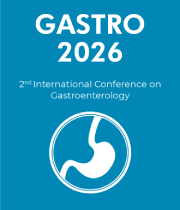Fatty-liver Disease & Cystitis
Hepatic steatosis is another name for fatty liver. It occurs when the liver becomes filled with fat. Small levels of fat in the liver are acceptable, but too much can be harmful to health. The liver is the body's second largest organ. It aids in the digestion of nutrients from food and beverages, as well as the removal of toxic chemicals from the bloodstream. Non-alcoholic fatty liver disease is becoming the primary cause of chronic liver disease in the Western world as obesity and type II diabetes mellitus become more common. Simple steatosis in some patients can progress to non-alcoholic steatohepatitis, which can lead to liver cirrhosis and its complications, including hepatocellular cancer, over time.
Inflammation of the bladder is known as cystitis. When a region of the body gets itchy, red, or swollen, it is called inflammation. A urinary tract infection is the most common cause of cystitis. Infection is not usually the cause of cystitis. Inflammation can also be caused by some drugs and hygiene products. Cystitis treatment is determined by the underlying cause.
- Alcoholic and Non-Alcoholic Fatty Liver
- Obesity and fatty liver
- Other disease associated with fatty liver
- Early identification and management of fatty liver
- Inflammation and Cystitis
- Treatment of Cystitis



